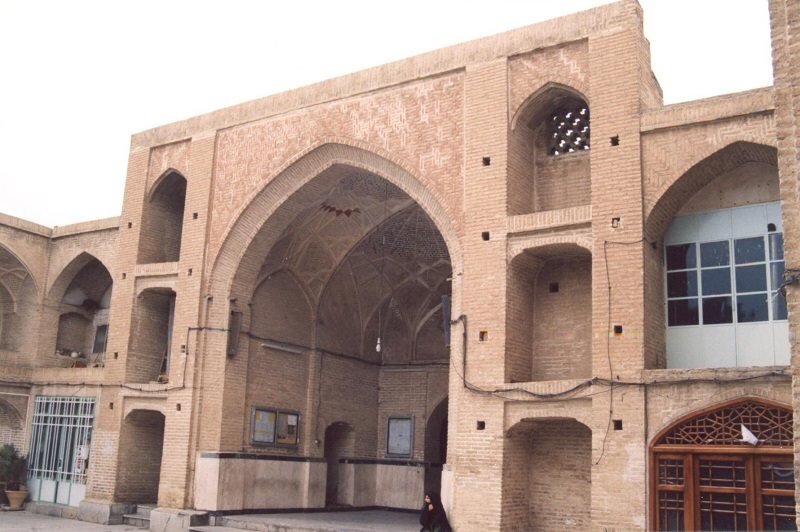Safavid-era mosque undergoes restoration

TEHRAN – The Safavid-era (1501–1736) Sorkh Mosque in Saveh, central Markazi province has undergone some rehabilitation works, Saveh’s tourism chief has announced.
A budget of 1.2 billion rials ($4,200) has been allocated to the project, Reza Ayyaz said on Tuesday.
Restoration of the monument began this year and has taken place in several stages, including the application of gypsum plaster with ocher paint in a traditional method, complete restoration of the eastern façade of the mosque, and the demolition of worn sections, the official explained.
The Sorkh Mosque (Red Mosque) was inscribed on the national heritage list in 1921.
Soaked in history and culture, Saveh is situated in the north of Markazi province at a height of 995 meters above sea level. The climate of this city is warm and semi-arid in the east by vicinity to desert and cold in the mountainous region of the west.
Iran is home to hundreds of shrines, Imamzadehs, mausoleums, churches, and even fire temples amongst other religious destinations which are dedicated to different faiths.
Mosque locally called masjed, or masjid (“a place of prostration” to God), is any house or open area of prayer in Islam. Generally speaking, the architecture of mosques in Iran is a combination of symmetry, geometric designs, and vibrant colors.
The architecture of the mosques in Iran varies from one region to another, due to geometric structures, materials, and styles specific to each location. These mosques often have very complex structures in which color variations, tiles, and symbolic designs are used.
ABU/AFM
Leave a Comment